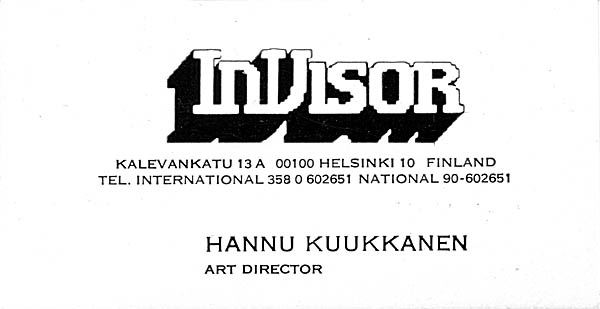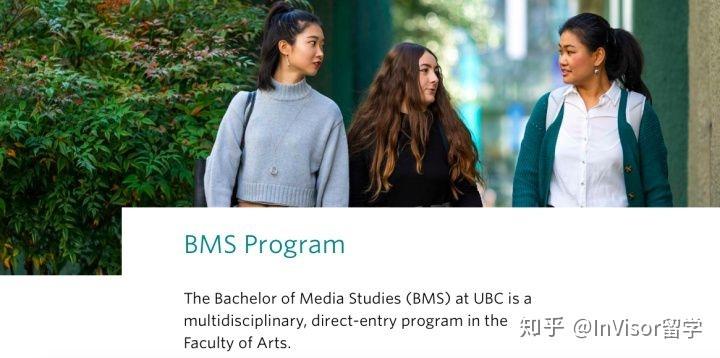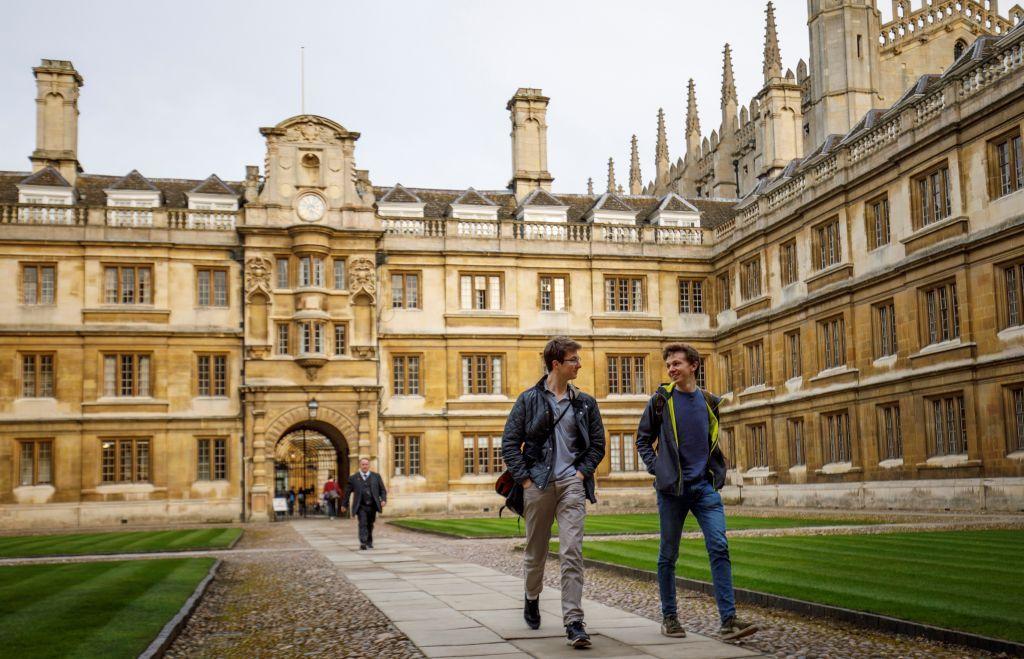

These impressions are then scanned by Invisalign technicians to create the 3D image for use in the ClinCheck® software and manufacturing aligners. Some doctors still take physical impressions using a soft putty. Data on file at Align Technology, as of September 9, 2020. Based on mild to moderate malocclusion (defined as crowding and spacing up to 6mm, and overjet and overbite up to 6mm and assuming one week wear), treatment times vary depending on Invisalign product type, wear time, case complexity and must be determined by your doctor.

Treatment times vary depending on the complexity of your case and must be determined by your doctor. Am J Orthod Dentofacial Orthop February 2017, 151 259-66 Buschang, P et al Comparative time efficiency of aligner therapy and conventional edgewise braces. Evaluation of Invisalign treatment effectiveness and efficiency compared with conventional fixed appliances using the Peer Assessment Rating index. Compared to Invisalign aligners previously made from single-layer (EX30) material. Data on file at Align Technology, as of February 2, 2022. The combination of digital technologies for better data acquisition with updated concepts on soft-tissue management and multilayered zirconia materials facilitates the challenge of restoring a single central incisor in implant dentistry. The APC zirconia-bonding concept, aimed at achieving durable, long-term bond strengths to high-strength ceramics, includes three practical steps: (A) air-particle abrasion, (P) zirconia primer, and (C) adhesive composite resin. Important factors for successful, natural-looking restoration of a single maxillary central incisor include soft-tissue architecture, restorative space, restoration contours, texture, color, and translucency.

The screw-access hole was covered with gutta-percha and a composite resin. After removal of excess cement and final polishing (Dialite ® ZR Extra-Oral, Brasseler USA, ), the screw-retained crown was delivered and torqued per manufacturer's recommendations. After try-in, the restoration was cemented extraorally to a new ti-base with an adhesive resin cement system (Panavia ™ V5, Kuraray) following the APC concept. A stain and glaze technique was used, as this zirconia material is multi-layered, providing intrinsic color degradation, desirable when restoring single central incisors. The scan file was sent to the laboratory for elaboration of the final monolithic restoration with a translucent zirconia material (KATANA ™ Zirconia STML, Kuraray, ). After 4 weeks, with the soft-tissue architecture around the implant now corrected, a new scan of the emergence profile was made. The Ti-base (RC Variobase ® C, Straumann) was air-particle abraded with 50-µm aluminum-oxide particles at a pressure of 2.0 bars and fixated to the provisional with a self-curing acrylic resin.

After clinical and radiographical evaluation, a digital impression was made (CEREC ® Omnicam, Dentsply Sirona, ), and a PMMA screw-retained provisional was designed and milled to correct the soft-tissue position and create an ideal emergence profile. Meeting the Single Central Incisor Challenge in Implant DentistryĪ 35-year-old woman presented for restoration of a recently placed bone-level implant (BLT 4.1 mm RC, Straumann, ) in site No.
#Invisor logo registration#
Registration on AEGIS Dental Network is free. You must be signed in to read the rest of this article.


 0 kommentar(er)
0 kommentar(er)
